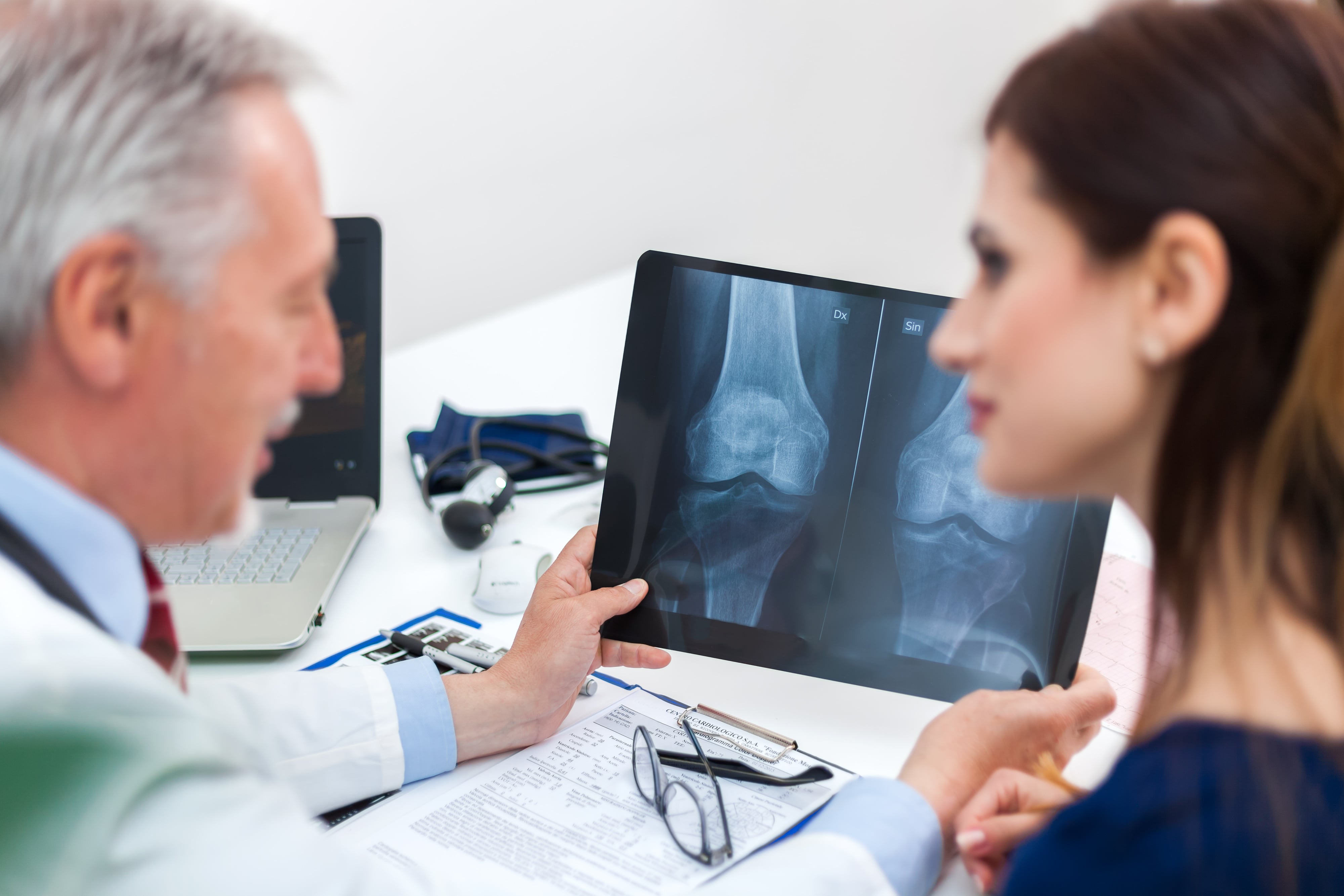Imaging Techniques for Common Sports-Related Injuries
Athletes put their bodies under a great deal of pressure when playing sports or participating in other physical activities. Unfortunately, this means athletes are vulnerable to injury. When an injury does occur, you might want to get back on the field or court as soon as possible. Before that can happen, though, your primary or sports medicine physician needs to confirm your diagnosis and determine the extent of your injury.
Getting the right diagnosis plays an essential role in selecting proper treatment, setting a date to return to play and predicting the risk of re-injury. Your doctor might work with a radiologist to ensure accurate results. Here’s what you need to know about the imaging techniques used to diagnose common sports-related injuries.
Common Sports Injuries That Require Imaging Tests
Many injuries can occur during physical activity. They can develop over time or happen in an instant. Your doctor may be able to recognize some common sports injuries immediately. If the source of your pain is unclear, however, or if the extent of your injury could influence treatment recommendations, your doctor may order an imaging test.
Injuries that may call for diagnostic imaging include:
- Bone fractures
- Sprains
- Muscle strains
- Head injuries
Depending on the suspected diagnosis, your doctor will select the imaging technique that provides the most useful results.
X-Rays
Because x-ray imaging is affordable and allows a physician to pinpoint obvious problems easily, an x-ray should usually be the first imaging technique used for sports injuries. This type of imaging test can show bone fractures, soft-tissue calcifications, bone spurs and other issues with the skeletal system. Your doctor may order an x-ray if they suspect a fracture and they want to determine its precise location and severity.
Ultrasound
Ultrasounds use sound waves to create diagnostic images of superficial soft tissues. Ultrasounds are especially useful for examining tendons, making it the imaging technique of choice for patients with injuries such as tendinitis. An ultrasound technologist can also conduct imaging in real-time while the body is in motion. To help pinpoint a problem, the radiologist might ask you to move an affected joint in specific ways during the ultrasound.
Magnetic Resonance Imaging (MRI)
MRI tests are ideal for the diagnostic imaging of muscle injuries, joint damage, sprains, fractures and head injuries sustained during sports. This imaging technique uses radio waves within a strong magnetic field to examine the structures of the body. MRI can create high-resolution images of entire musculoskeletal structures, including bones, tendons, muscles, ligaments and nerves.
Computed Tomography (CT)
Although ultrasound and MRI are the main imaging techniques used for sports-related injuries, your doctor might order a CT scan if they require a more detailed look at the bones or soft tissues. For example, CT can show fracture lines, loose bodies and other complications within complex joints.
Find the Support You Need at Health Images
Whatever type of sports injury you’re struggling with, getting imaging tests done can be stressful. At Health Images, we’re dedicated to making the experience as pleasant and comfortable as possible. We accept a wide variety of insurance plans and offer flexible scheduling to meet the needs of every individual patient.
If you have any questions about the imaging techniques we use for sports injuries, our compassionate staff would be happy to answer them. Find your nearest location and contact us today.




